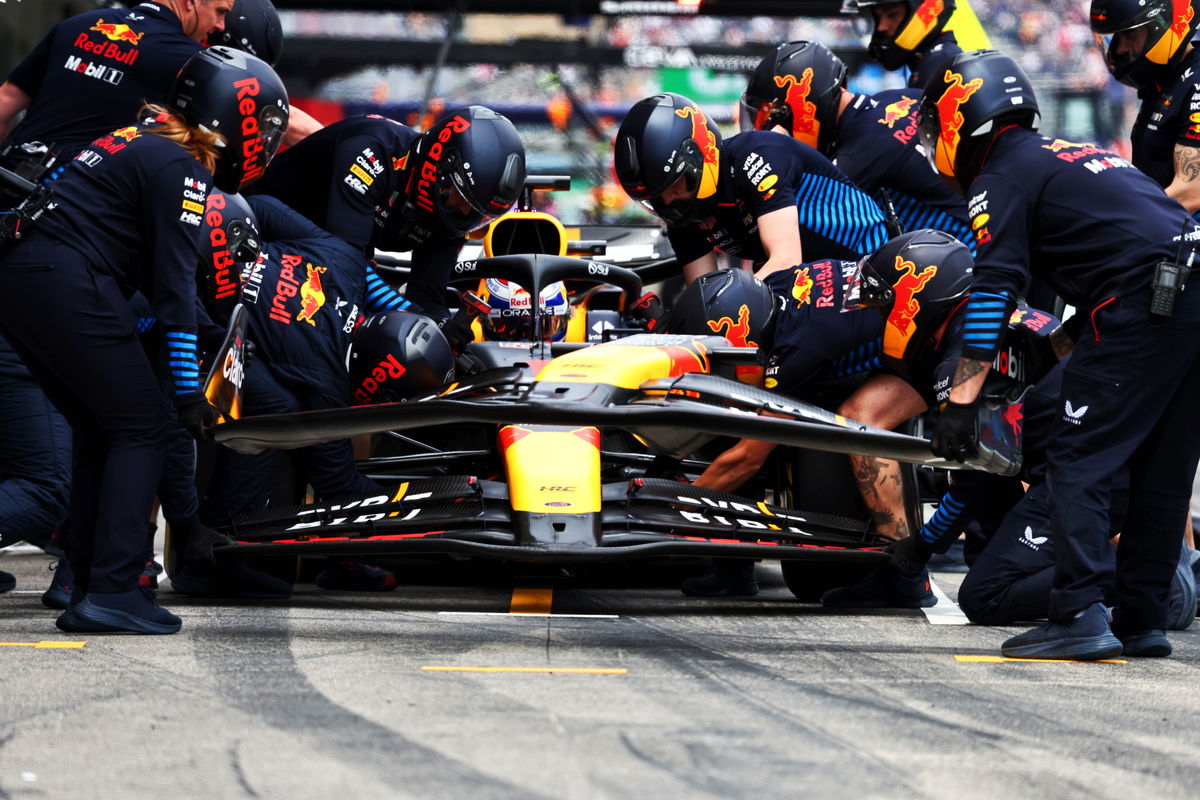

Selected teams will sport cameras during the opening two practice sessions for next weekend’s Belgian Grand Prix with a view to gathering data on the practice.
Speedcafe understands not all cars will carry a camera due to availability.
A Technical Directive (TD034G) distributed to teams in the build-up to the Hungarian Grand Prix outlined the governing body’s increased interest in the practice.
Currently, the regulations outline a static test where weight is applied to the wing.
While the governing body has been satisfied all teams have met the regulatory requirements, television footage clearly shows the practice is common-place.
By laying out the carbon weave in a specific pattern, teams have learned how to clear the static load test but have the wing lean back while at speed.
The practice allows teams to run higher wing angles to produce more downforce at low to medium speed, before the air pressure bends the wing at highspeed, reducing drag and increasing top speed.
It’s believed all front running teams exploit the practice to an extent, with Mercedes unabashed in doing so.
“I think that all of us are trying to ensure that we pass the FIA’s flexibility test,” said Mercedes’ technical director, James Allison, of the wing his team introduced in Monaco – an update credited with transforming its season.
“They put loads on, and you’ve got to not move by more than an amount.
“But provided you can do that and provided your wing is just bending like a thing bends when it has load on it, then there’s no drama to be faced with the governing body.”
In Belgium, cars carrying a camera will have the front wing endplate and other vertical surfaces monitored in much the same way the rear wing already is.
For the moment, it is nothing more than a data-gathering exercise, though one that is likely to inform a decision on the policing of flexible wings going forward.
This comes as F1 is working on refining the technical regulations for 2026, which include moveable aerodynamic devices.



















Discussion about this post